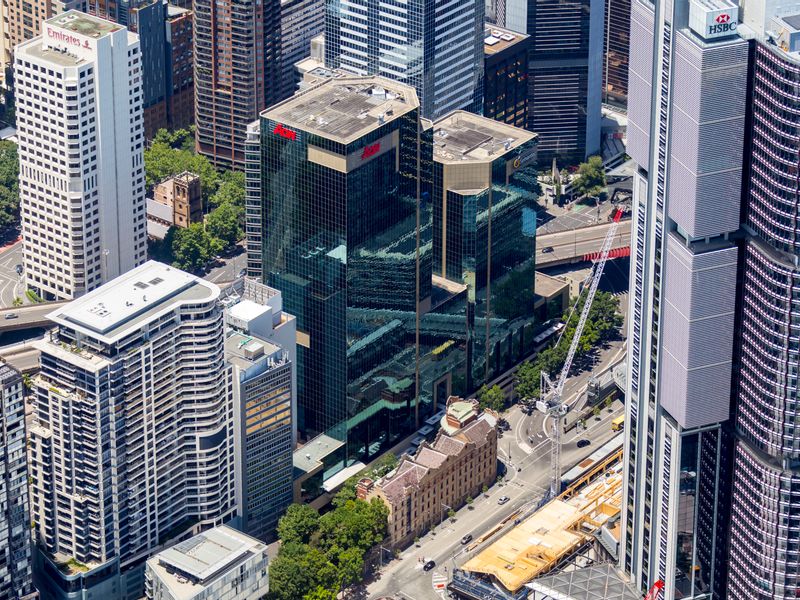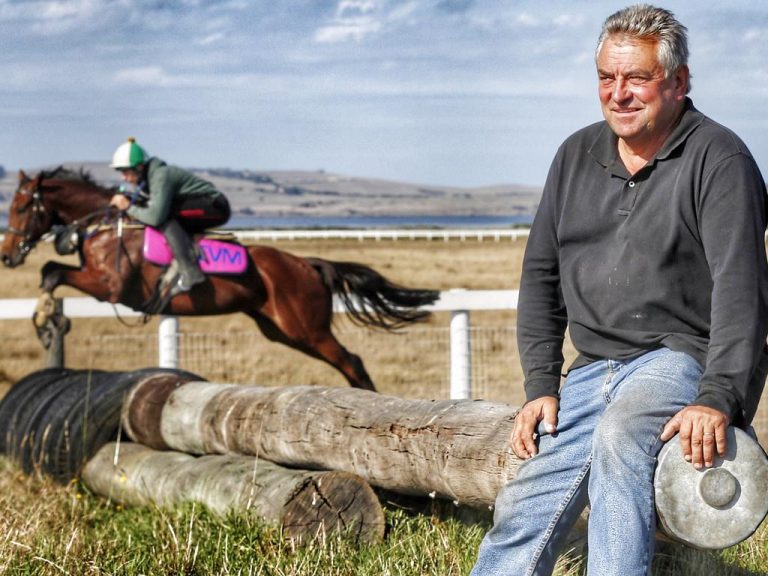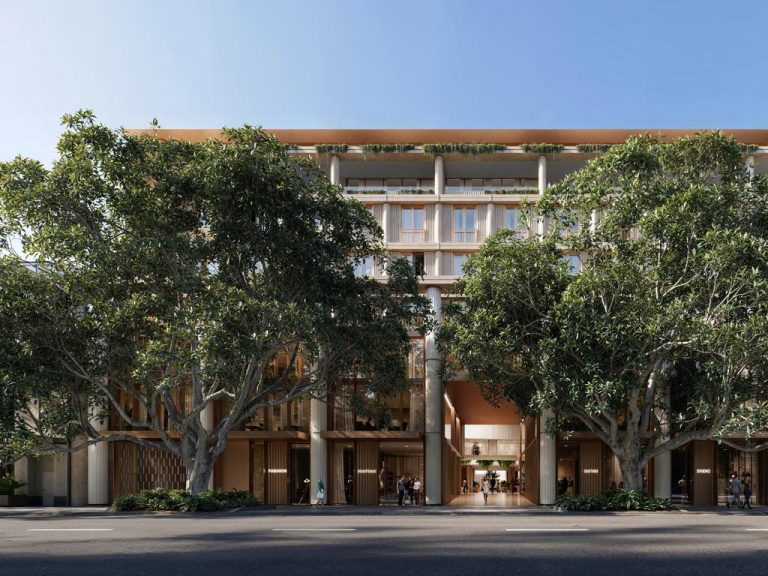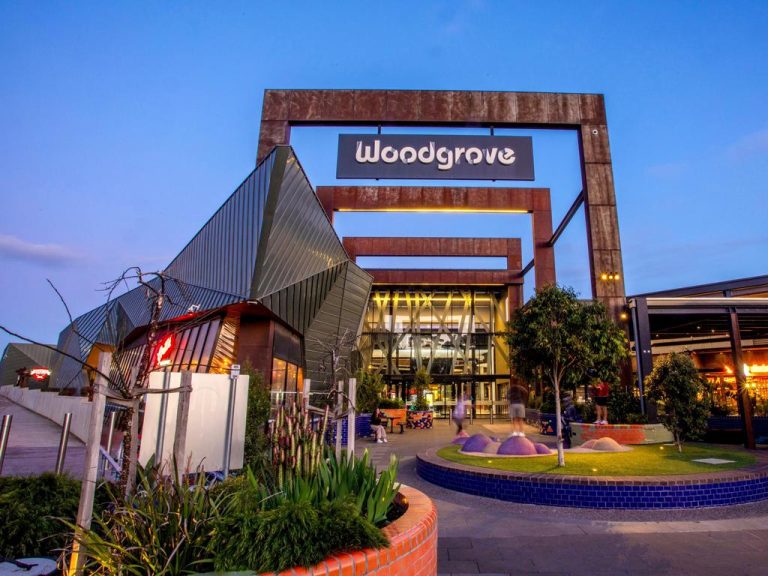A million commuters to be absent from CBDs with shift to work from home

More than a million commuters will be absent from CBDs across Australia’s capital cities as working from home emerges as one of the biggest social shifts due to the COVID-19 pandemic.
As companies in Melbourne prepare to welcome back workers to offices after being released from a four-month lockdown, businesses are set to adopt hybrid models where people will continue to work remotely — even after the health crisis subsides.
Big four consulting firm KPMG calls it “looking to find the magic in the middle” as businesses adapt to employees dividing their hours between working at home and the office. But demographer Bernard Salt said the nature of CBD work spaces was set to change after the past six months had shown remote working was a viable option for many.
And despite Victorian businesses being allowed to return up to 25 per cent of workers to CBD offices, many businesses, such as ANZ and NAB, aren’t encouraging workers to return until early next year.
The Transport Accident Commission, which is headquartered in Geelong in regional Victoria, has pencilled in February as its return to office date.
“Outside the health impact, work from home has been the most significant social shift caused by the coronavirus and its lockdowns,” Mr Salt said.
“Typically, about 5% of the Australian workforce works from home — that’s measured through the census — and it hasn’t changed from 1996.
“During the peak of lockdown the proportion of the capital city workforce got up to 45% on average.
“The question is will it go back to 5%. I don’t think it will.
“I think people have worked out they quite enjoy working from home and a hybrid model will take over, so it might settle at 10% or a bit higher.
“And every five percentage points that it jumps by you take 600,000 commuters off roads and rail — so if was to go to 15%, that’s 1.2 million.”
According to Australian Bureau of Statistics, 50% of the Victorian workforce was working from home in October, compared with 44% in NSW and 34% across the rest of the country.
At the same time, public transport use plummeted to 3% in Victoria.
This compares with 16% in NSW and 10% in the rest of Australia.
This led to the Victorian government revealing in the state budget it had spent almost $440 million during the pandemic underwriting the private companies who run the state’s public transport network.
Even in Western Australia, which had been largely free of COVID-19 for months after the McGowan government imposed a hard border closure 240 days ago, offices in Perth are operating at around half their normal capacity with 2sq m social distancing measures still in place.
ANZ is introducing a phased return in three stages, introducing about a third of the workforce each time.
NAB group executive for people and culture Susan Ferrier said it was planning to reopen its Melbourne office towers at 700 and 800 Bourke Street in early 2021.
Ms Ferrier said the phased return to work would change the nature of how NAB offices were being used.
“Over the past fortnight, we’ve welcomed more of our teams back to offices across Australia, where it was safe to do so and in line with government advice. We now look forward to seeing some of our Melbourne-based colleagues gradually return over the coming weeks and months as restrictions ease across Victoria,” Ms Ferrier said.
“This will be a phased return and managed with an abundance of caution and care, both for our colleagues and the community. Importantly, this will not be a return to how things were previously, especially with the amount of time spent in the office, as we move towards a hybrid model that balances working from both the home and our commercial buildings.”
While social distancing can be maintained on individual office floors, getting to those floors can create bottlenecks, with long queues at entry points and elevators, making square metre rules impossible to maintain.
Then there is a reluctance to catch public transport for the same reason — social distancing.
While NSW Health, which has 1.5sq m social distancing requirements, advised businesses that “flexibility in work hours should be considered where possible to minimise crowding on public transport in peak hours”, 44% of the workforce are continuing to work from home.
The exodus of office workers from CBDs across the country has helped contain the spread of COVID-19 but has been disastrous for small businesses that rely on the commuter trade. But at the same time it has delivered a bonanza to the outer suburbs.
“You are seriously shifting the operation of the city, making it less frenetic. The peak hours are not as bad they were previously and there is less of a buzz at the business end of town, and many of the businesses that hang off that are now struggling with moderated revenues as a consequence,” Mr Salt said.
“If you take 5 or 10% of the office workforce out of a particular precinct because they are working from home three days a week, that has an impact on the sandwich bar, the cafe, the dry cleaners. While in a macro sense, people spend more in their suburban supermarket, suburban cafe or suburban dry cleaners — in some respects it is a net transfer of spending.
“I’ve used the analogy that the coming of the coronavirus and the work-from-home movement is like putting a defibrillator across the fat belly of middle Melbourne and Sydney. The patient just jumps.”
But what happens to the expensive office real estate? KPMG national managing partner of people and corporate affairs Deborah Yates believes it won’t lead to a contraction of offices like what happened during the hot-desk phenomenon last decade.
“It’s a little too soon to tell what our people will want longer term when you are still right in it, and that’s why we think the magic will happen in the middle,” Ms Yates said.
“Always at the office or always at home won’t be where the magic will be; the magic will be diving in and out. And we are thinking about refurbishing offices or different offices, we will be thinking about what people come to the office for.
“There probably will not be those little individual spaces where you can sit but providing more collaboration, more teaming spaces. So I’m not sure it will mean less space; it will mean the space is used differently.”
Ms Yates’s colleague Jane Gunn, who is the partner in charge of KPMG Australia’s people & change practice, has been advising companies on how to phase in return-to-office strategies. She said that while there was “genuinely a desire for people to use the office”, it didn’t mean people would have individual offices.
“The option of being able to do things like research, writing reports, things where being in the office can cause more of a distraction, and always has done, now we know we can do some of those things from home — that it’s possible — whereas before it was seen as an aberration to go and work from home,” Dr Gunn said.
“It was seen that if you were working from home you were perhaps skiving off or whatever. The attitude was office work was the default more because it was a habit than because it was logical.
“So maybe there will be some changes … seen a lot of organisations do moving to the agile working and having more collaborative spaces in offices.”
This article originally appeared on www.theaustralian.com.au/property.







